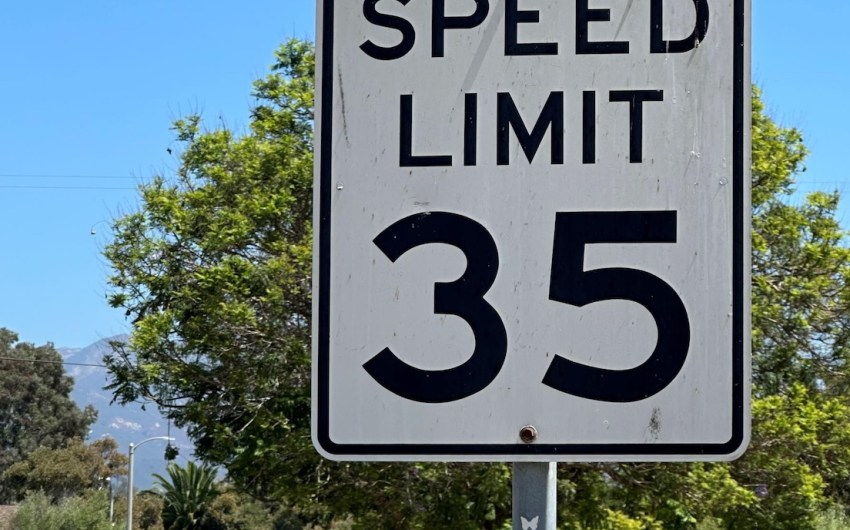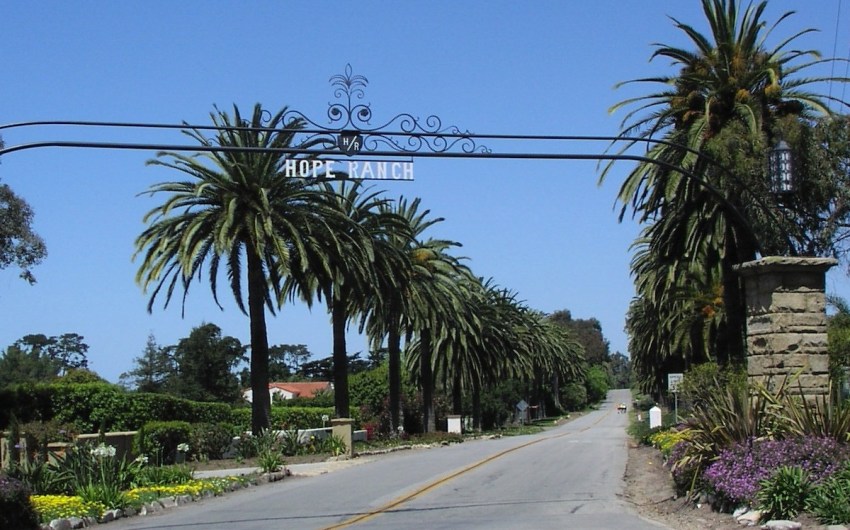Santa Barbara Mesa Residents Voice Concerns over Elings Park’s Fire Risk
‘Everyone’s Insurance Has Either Gone Up or Gone Away,’ Resident Says

This article was underwritten in part by the Mickey Flacks Journalism Fund for Social Justice, a proud, innovative supporter of local news. To make a contribution go to sbcan.org/journalism_fund.
Dean Noble, the executive director of Elings Park, was in the hot seat at the July 17 community meeting about wildfire prevention on the Mesa. More than 50 residents gathered at Godric Grove to voice their concerns about the park’s overall risk and rising insurance policies in the highly vegetated fire hazard zone.
“Everyone’s insurance has either gone up or gone away,” one resident stressed.
Elings Park is unique from a fire risk standpoint because it contains a large amount of fire fuel — namely dry grasses — for such an urban area. Many Mesa residents have homes directly against the park, but no jurisdiction over its fire mitigation practices.
“The park is responsible for taking care of the park,” said City Councilmember Mike Jordan, the ringmaster of Wednesday’s gathering. Wildfire safety has been at the forefront of his work in the district, which includes Elings Park.
Noble fielded the first round of public comments, listening to residents’ suggestions on how to lower the park’s fire risk. However, Elings is a community-funded, nonprofit park, meaning they don’t receive any money from the government to operate.
In order to do more sheep-grazing, grass-mowing, and brush-clearing, like concerned residents want, “we need people to open up their pocketbooks,” Noble said. “You can either put in some sweat equity or tear off some checks.”

Noble also highlighted some of the mitigation measures the park has already taken to reduce the fire hazard. There are initiatives to plant naturally fire-resistant oak trees on the park’s hilltops where fire danger is high. He mentioned a newly pumped well near the park’s entrance, which has the potential to irrigate “the whole flippin’ hilltop” to help the oaks grow.
Temporary sheep and goat herds have also helped in fire prevention efforts, eating the matted-down fire fuel that grew on the hillsides during this winter’s heavy storms.
Also in attendance was Mark vonTillow, Santa Barbara City Fire’s wildland specialist, who focused on risks and resources on the home front. He walked the crowd through typical fire behavior and spelled out what residents can do themselves to lower the impacts of a potential wildfire on their own properties.
He explained that when brushy areas hit a 62 percent moisture level, they are “critically dry and ready to receive fire.” The brush in Santa Barbara is currently at 86 percent, meaning that grass will still burn, but it won’t transfer fire to brush immediately.
Instead, “the biggest consistent threat of fire is Las Positas Road and traffic,” vonTillow added, much to the audience’s surprise. In light of this, the city has cut back vegetation from the sides of the road, creating a “defensible space.” This way, if a fire starts on the road, the gap between the roadside and the vegetation lowers the risk of a fire reaching the brush and spreading.

Similar tactics can be used on homes, he added. By cutting plants, trees, and vines away from structures, residents can create their own defensible space that could save properties in the event of a wildfire.
Creating defensible spaces is the premise of FireWise, said vonTillow, a nationally recognized program that certifies communities for their fire mitigation efforts. The program helps communities organize around mitigating fire risks at home and can ultimately lower their insurance.
One meeting attendee shared that her home insurance policy recently jumped from $1,800 to $10,500 per year due to living in a high-fire-risk area on the Mesa. With some of California’s largest homeowner’s insurance companies citing wildfires as the cause for hiking up rates, FireWise can be a huge benefit, added vonTillow.
The line is blurry between who has jurisdiction over how and when Elings Park clears fire fuels. On paper, Noble is the most obvious answer, as he is responsible for the park. However, a grant agreement allows City Fire to also “do some work” in the area — vonTillow even said he “would love to control burn Elings” to help clear some of the fire hazards.
Echoing the community’s sentiment in the simplest of forms, vonTillow finished his talk with a simple statement: “Santa Barbara is tired of fire.”










You must be logged in to post a comment.